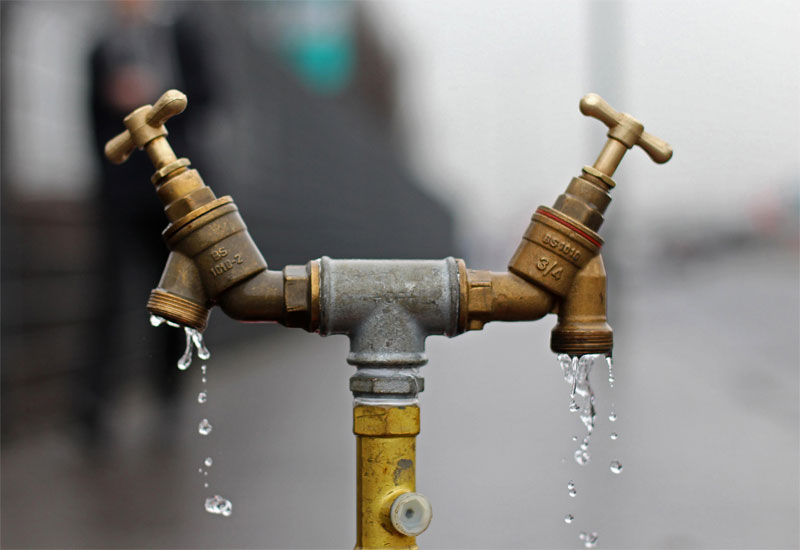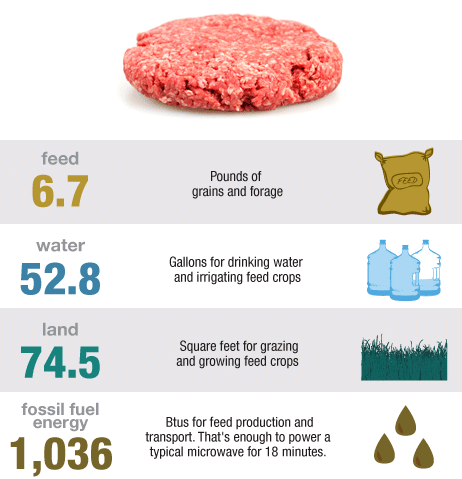Updated Thursday 25th October 2018: Want to read more about how you can help decrease your water wastage and save the environment? Check out our latest post The Ins and Outs of Water Wastage, and What We Can Collectively Do About It.
Water wastage: a hidden problem
Cutting down your shower time, turning off taps while brushing your teeth and taking your car to a car wash are small efforts that most of us make in an effort to conserve water. But as it turns out, nearly 95% of our water footprint is hidden in the food we eat, energy we use and products and services we utilise, according to the National Geographic.
So how are we using all of this water?
Let’s start with the food we eat. Agriculture is responsible for 60 per cent of total water consumption in Australia. It can take 15,000 litres of water to produce 1 kilogram of beef, 200 litres of water to produce a cup of coffee and 3,500 litres of water for a 200g block of chocolate. As Greenpeace says, “when a quarter pounder takes 30 showers worth of water to make, it’s pretty clear that cutting down on meat and dairy products can help reduce your overall water consumption.”
Food wastage: a problem
You may not know it, but the food that we don’t eat also impacts our water usage. The IME estimate that 30-50% of all food produced is “lost before reaching a human stomach”. The amount of water wasted globally in growing crops that never reach the consumer is estimated at 550 billion cubic metres. This is partly to do with agriculture – the worlds cattle consume enough food to feed 8.7 billion people, more than the entire human population – and partly to do with food wastage – 170 trillion litres of water are lost each year in food waste.
Transport and energy
Your car, as expected, is a massive water user- from washing your own car (500 litres of water) to refuelling (a litre of petrol takes 18 litres of water to produce). Finding alternative ways around such as bicycles, carpooling and public transport, as well as more efficient ways to wash your car is important to save water.
The energy that you use in your home actually requires substantial amounts of water, with certain types of energy using more water than others. Coal power plants use enough water to supply the needs of 1 billion people. Cutting down on your hot water and lighting usage can help, but it’s also incredibly important to support a 100% renewable future, using these energy sources in your own lives where possible.
Love buying things?
Well, the products that you buy also have a direct effect on water usage. On average, every dollar that you spend on clothes and shoes costs about 23 gallons of water. To buy a pair of your favourite jeans can take around 1,800 litres of water to produce – remember, they have to grow the cotton somehow! And let’s just say you’re a beer lover: in order to process a barrel of beer (32 gallons), 1,500 gallons of water are used. So think carefully before each purchase, knowing that it’s costing the environment. We aren’t saying you shouldn’t enjoy the luxuries (and necessities) of life – but it’s important to be a conscious buyer and make choices that are positive and sustainable for the environment, such as re-purposing and donating your belongings.
So how can I help?
Aside from the simple things such as cutting down transport costs, being a conscious water user and changing your diet, there are many charities that do small things to help this big problem. N.E.E.D.S, our latest Noble Cause, is one of these. Completely volunteer run, their main incentive is to provide families who are challenged financially or otherwise with relief items such as food, furniture and clothing, to ease their burden. The food that they provide is the ‘food wastage’ – excess stock or unsellable food – sourced from supermarkets and other stores. Similarly, their furniture and clothing are often second hand items looking for a new home. They are not only aiding Australian families in need, they are also reducing water and food usage by re-purposing items, helping the environment.
If you would like to help out with this cause, please consider donating your LiveTribe points. The money that we donate will help N.E.E.D.S purchase a transport van. You can log in or sign up to donate.
Updated Thursday 25th October 2018: Want to read more about how you can help decrease your water wastage and save the environment? Check out our latest post The Ins and Outs of Water Wastage, and What We Can Collectively Do About It.












6 Comments
Bravo! Encore! I have even more data on this. Going vegan saves a lot of water, going raw vegan saves much more water & going fruitarian saves even more!
The other side of the coin is that we are currently allowing many many Gigalitres a year of fresh quality drinking water flow straight out to sea, untapped & unused. We have had 17 major water infrastructure projects designed & shelved by successive governments since 1959. These were developed so as to never be in drought nor flood ever again, but alas, the Powers That Be want most of us dead.
Hi Barrie, thank you so much for your passionate response! We have had an ‘encore’ of this piece. Our latest blog post touches again on water waste and how collectively we can work together to improve the issue. Maybe you would like to check it out and let us know what you think here.
To provide fresh and clean water to people, it is cleaned at water treatment plants and from there it is supplied to residential households for there daily needs.
Thanks for joining in on our discussion on water wastage, we’ve continued the conversation with a brand new blog post on how Aussies can collectively work together to reduce our wast.
Water is our need throughout the life so only we are responsible to save it. According to the conducted by United Nation, it is found that girls in the Rajasthan do not go to school as they have to go long distances to get water which eats their whole day so they do not get time for other purposes.
It’s terrible that some people don’t have easy access to clean drinking water. It is such a vital resource to everyone around the world. We’re continuing the discussion on how we can preserve our resources in Australia – maybe you want to check it out here.